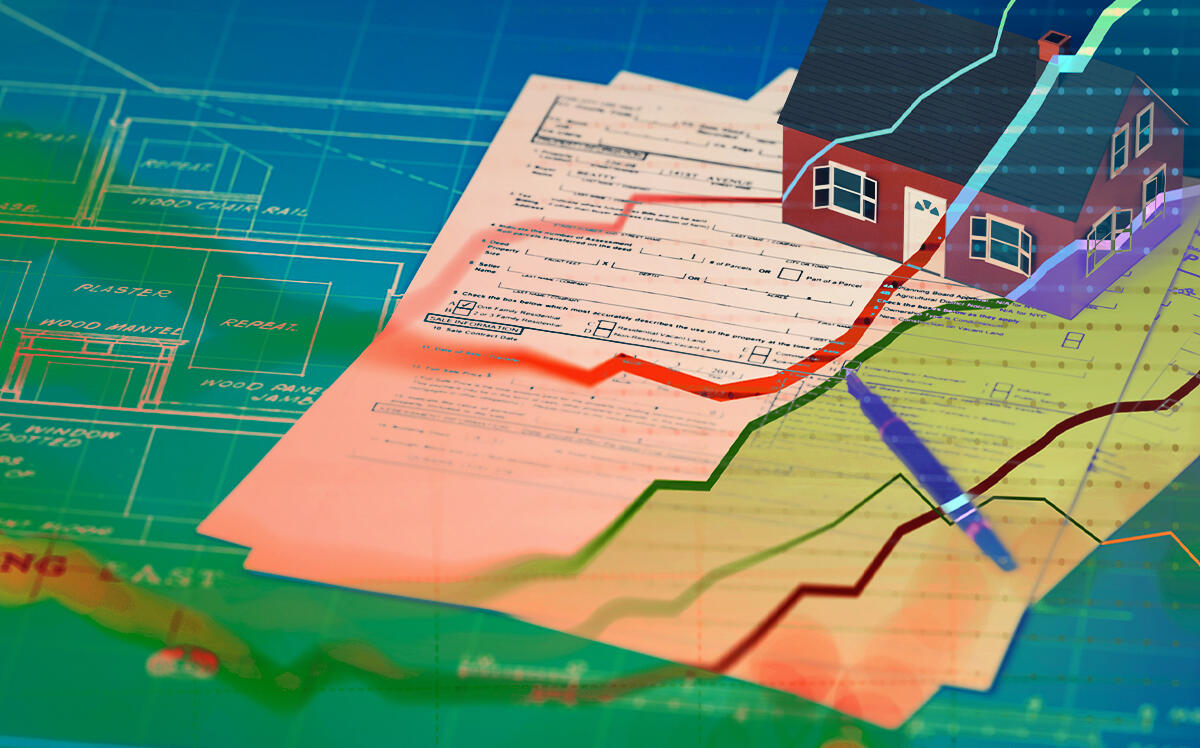 Broken record: Mortgage demand hits (another) 22-year low
Broken record: Mortgage demand hits (another) 22-year low
Trending
Mortgage applications tick up after Fed rate hike
First jump in demand in five weeks, but still down from last year: MBA

A rate hike from the Federal Reserve awakened mortgage demand from its month-long slumber.
Loan application volume rose 1.2 percent in the week ending on July 29, according to the Mortgage Bankers Association’s index measuring mortgage. It was the first increase in demand in five weeks.
Mortgage demand hit its lowest point of the 21st century multiple times in recent weeks. Demand rebounded slightly towards the middle of June, but has been plummeting since.
The benchmark rate hike from the Fed is being cited as a reason for the increase in demand, as mortgage rates bucked conventional wisdom and dropped after last week’s central bank decision. The average 30-year fixed rate for conventional loans was 5.43 percent last week, down from 5.74 percent the previous week; it was the biggest rate drop since 2020.
Factors beyond the central bank include inflation, unemployment and job claims, and supply and demand.
Read more
 Broken record: Mortgage demand hits (another) 22-year low
Broken record: Mortgage demand hits (another) 22-year low
MBA associate vice president Joel Kan tempered any excitement about the rise in demand, noting activity still isn’t where it was last year.
“The drop in rates led to increases in both refinance and purchase applications, but compared to a year ago, activity is still depressed,” Kan said in a statement.
MBA’s refinancing and purchasing indices also made marginal gains last week. The refinance index rose 2 percent from the previous week, but still came in down 82 percent year over year. The purchase index, which tracks mortgage applications to buy homes, increased 1 percent from the previous week.
Points rose from 0.61 to 0.65 (including origination fee) for loans with a 20 percent down payment.
The share of applications through the FHA decreased from 12.1 percent to 11.9 percent week over week, showing a slight drop in buyers interested in making a small down payment. The share of Veterans Administration applications increased from 10.6 percent to 10.8 percent, while the USDA share of applications remained at 0.6 percent.
Kan sees the potential for sunnier days on the horizon in the mortgage market, especially if inventory finally starts to recover.
“Lower mortgage rates, combined with signs of more inventory coming to the market, could lead to a rebound in purchase activity,” Kan said.




